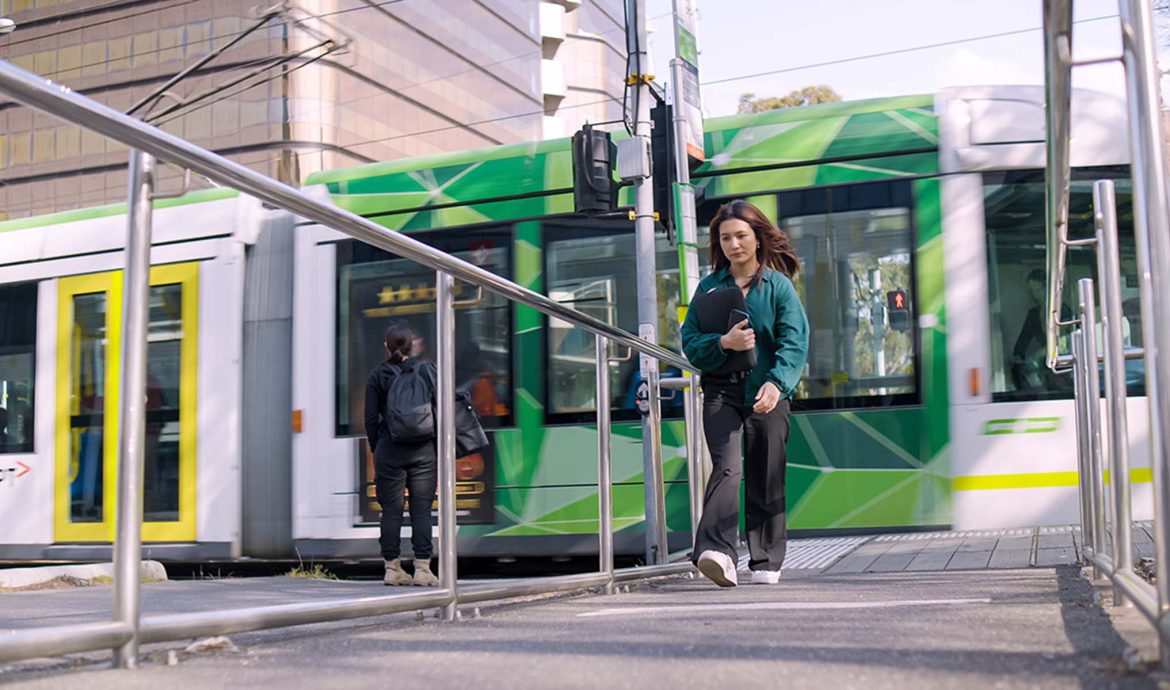
Mastering Melbourne’s Transport: A Guide to Trams, Trains, and Taxis
Travel TipMelbourne, the vibrant capital of Victoria, is known for its cultural diversity, incredible food scene, and world-class attractions. Whether you’re exploring the bustling CBD, visiting scenic suburbs, or heading to nearby regional destinations, Melbourne’s public transport system is your key to getting around. The city’s integrated network of trams, trains, and taxis provides convenience and flexibility, ensuring that locals and tourists alike can navigate with ease.
This guide offers a detailed overview of Melbourne’s transport options, covering everything you need to know about the city’s trams, trains, and taxis, helping you travel smoothly and make the most of your visit.
Trams: Melbourne’s Iconic Ride
An Overview of the Tram Network
Melbourne’s trams are legendary, and for a good reason. The city boasts the largest tram network in the world, with over 250 kilometers of track spanning the CBD and suburbs. Trams are not only a practical transport option but also an iconic symbol of the city’s identity.
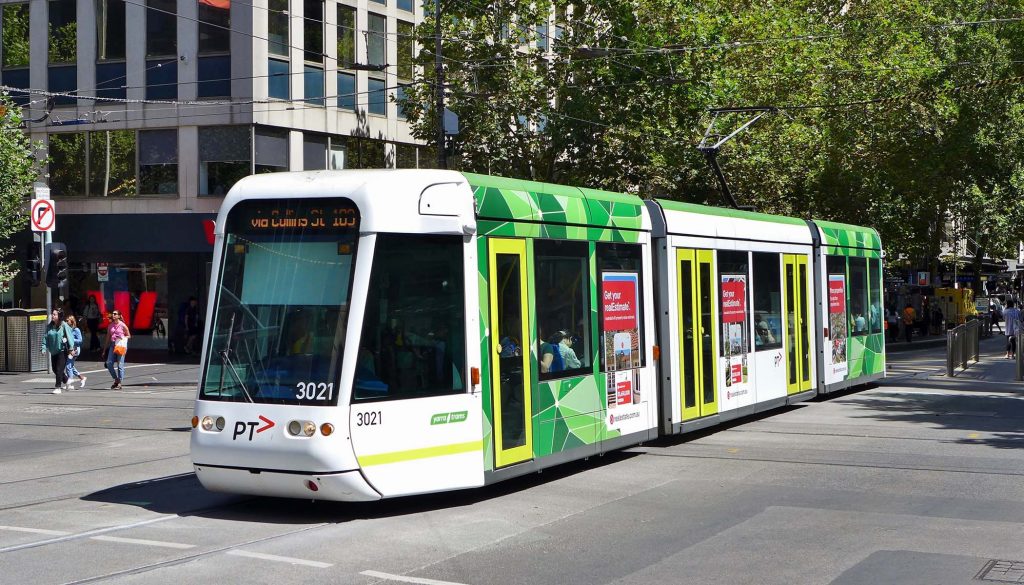
The tram system is an integral part of Melbourne’s public transport network, offering extensive coverage and frequent services. Whether you’re heading to a cafe in Fitzroy, exploring the Docklands, or commuting to work, trams are a reliable and scenic choice.
How to Use Melbourne’s Trams
The Free Tram Zone
The Free Tram Zone is one of Melbourne’s most tourist-friendly features. This designated area within the central business district (CBD) allows you to ride trams for free. Major stops include:
- Flinders Street Station: A historic hub of Melbourne’s transport network.
- Federation Square: A cultural precinct and meeting point.
- Queen Victoria Market: Perfect for food and souvenirs.
- Docklands: A waterfront area with restaurants, shopping, and attractions.
You don’t need a Myki card to travel within this zone. However, keep an eye out for green signs inside trams or on platforms that indicate you’re within the Free Tram Zone.
Traveling Beyond the Free Zone
If your destination lies outside the Free Tram Zone, you’ll need a Myki card, Melbourne’s smart payment system for public transport.
- Purchasing a Myki Card:
- Available at train stations, convenience stores, and online.
- Costs $6 AUD for adults (non-refundable).
- Top up your card with money to cover your journey.
- Using the Myki Card:
- Touch on your card at the reader when boarding a tram.
- If your journey ends outside the Free Tram Zone, touch off when exiting.
- Fare Structure:
- Melbourne operates two fare zones: Zone 1 (CBD and inner suburbs) and Zone 2 (outer suburbs).
- A daily cap ensures you won’t pay more than $10 AUD for unlimited travel within a single day.
Popular Tram Routes for Tourists
- City Circle Tram (Route 35):
- This free service runs in a loop around the CBD, offering commentary about Melbourne’s landmarks.
- Stops include Parliament House, Old Melbourne Gaol, and the Docklands.
- Route 96:
- Ideal for reaching St Kilda Beach, Southbank, and Luna Park.
- Scenic and perfect for a sunny day out.
- Route 86:
- Explore artistic Fitzroy and Collingwood, known for their street art, cafes, and independent boutiques.
- Route 109:
- Head to Port Melbourne for seaside views or connect to the Spirit of Tasmania ferry.
Tips for Tram Travel
- Peak Hours: Trams can get crowded between 7:30–9:30 AM and 4:30–6:30 PM. Plan your travel outside these times for a more comfortable ride.
- Stop Requests: Use the buttons or cords inside the tram to signal your stop.
- Etiquette: Offer your seat to elderly passengers, pregnant women, or those with disabilities.
Trains: Efficient Suburban and Regional Travel
Metropolitan Trains
Melbourne’s metropolitan train network connects the city center with suburbs across 16 lines. All lines converge at Flinders Street Station, Melbourne’s iconic transport hub and one of the busiest train stations in the Southern Hemisphere.
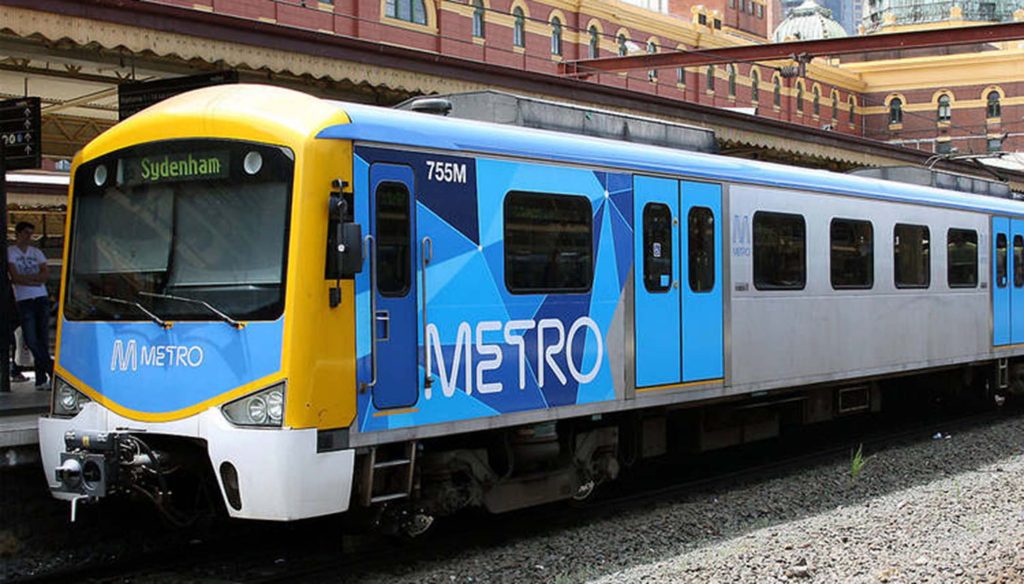
How to Use Trains in Melbourne
- Getting Started with Myki:
- As with trams, trains require a Myki card.
- Touch on at the station’s entrance gate and touch off when you reach your destination.
- Zones and Fares:
- Train fares are based on zones. Most trips within the inner city and suburbs fall under Zone 1.
- A daily fare cap of $10 AUD applies, making it cost-effective for regular travel.
- Timetables and Frequency:
- Trains typically operate every 10–20 minutes during the day, with more frequent services during peak times.
- Night services are available on weekends through the Night Network, which runs hourly trains on all metropolitan lines.
Key Train Lines for Tourists
- Sandringham Line:
- Ends at Brighton Beach, famous for its colorful bathing boxes and stunning coastal views.
- Belgrave Line:
- Connects to the Puffing Billy Railway, a historic steam train that winds through the Dandenong Ranges.
- Williamstown Line:
- Ideal for a waterfront day trip to Williamstown, known for its maritime history and charming cafes.
- Frankston Line:
- Access the Mornington Peninsula for wineries, beaches, and hot springs.
Regional Trains (V/Line Services)
For destinations outside Melbourne, regional trains operated by V/Line are your best option. Popular trips include:
- Geelong: Victoria’s second-largest city, with beaches and wineries.
- Ballarat: Home to Sovereign Hill, an open-air museum recreating the Gold Rush era.
- Bendigo: A historic city known for its art galleries and architecture.
Tips for Train Travel
- Download the PTV App for real-time updates and disruptions.
- Avoid peak-hour services if carrying large luggage.
- Book regional train tickets in advance to secure seats.
Taxis and Ride-Sharing: Flexible Door-to-Door Service
While Melbourne’s public transport system is robust, taxis and ride-sharing services provide added convenience for specific scenarios, such as late-night trips or destinations not served by trams or trains.
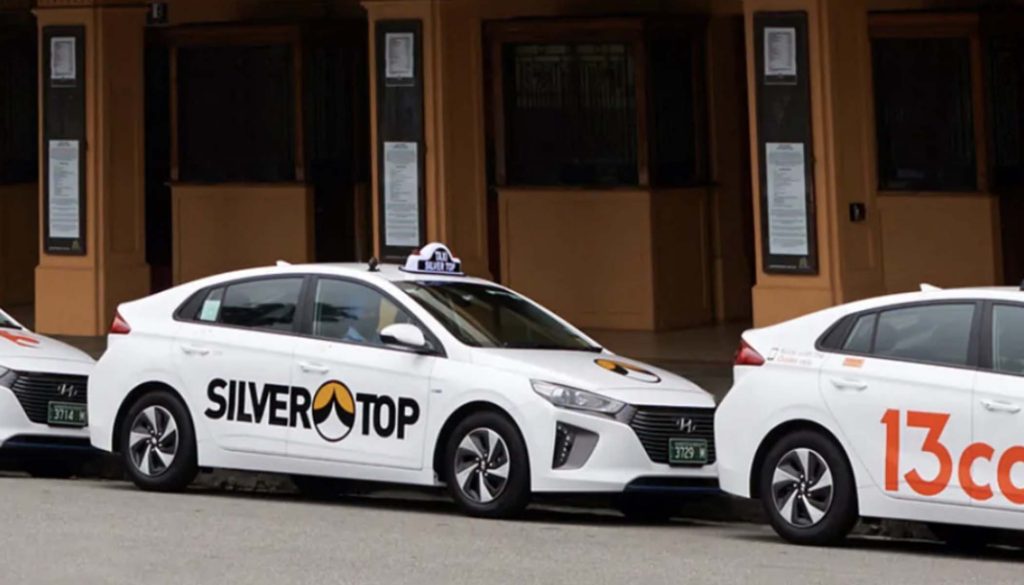
Traditional Taxis
Melbourne taxis are widely available and can be hailed on the street, booked via phone, or found at designated taxi ranks near major train stations and shopping centers.
- Fares:
- Taxis operate on metered fares, with additional charges for toll roads and late-night services.
- Average costs for trips:
- CBD to Melbourne Airport: $55–$65 AUD
- Short inner-city trips: $10–$20 AUD
- Payment Options:
- Most taxis accept cash, credit cards, and digital wallets.
Ride-Sharing Services
Apps like Uber, DiDi, and Ola are popular alternatives to traditional taxis. They often provide cheaper fares and the convenience of upfront price estimates.
How It Works:
- Download the app and register with your payment details.
- Enter your pickup and drop-off locations to book a ride.
- Check the driver’s name, car model, and license plate before boarding.
Tips for Taxis and Ride-Sharing
- Confirm the fare estimate before starting the ride.
- Share your trip details with a friend or family member for added security.
- Avoid peak times (Friday and Saturday evenings) when fares can surge.
Mastering Melbourne’s transport system is essential for exploring this diverse and lively city. The seamless integration of trams, trains, and taxis makes it easy to get around, whether you’re navigating the CBD, visiting suburban attractions, or heading out to regional areas. By understanding how to use the Myki card, planning your routes with apps like PTV, and taking advantage of the Free Tram Zone, you can make your journey efficient and enjoyable.
You may also like
Recent Posts
- Direct Flights from Sydney to Darwin: A Quick Journey to the Northern City
- The Ultimate Guide to Choosing the Perfect Hiking Boots: Gear Up for Your Adventure with Scheels
- Unmissable Darwin Sunsets: Beautiful Moments Along the Coastline
- Gear Up for Adventure: Essential Women’s Hiking Apparel for Every Trial, Available at Scheels
- Nighttime in Darwin’s Food Streets: Must-Try Local Delights
About me & the blog

I am Slavoljub Vukovic, a former professional basketball coach who now works full-time in the travel blogging industry, while also pursuing a career as a freelance photographer.
On the blog, I share detailed hiking travel guides and hiking routes in various countries, including important tips and essential items lists.
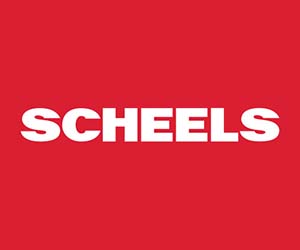

Leave a Reply